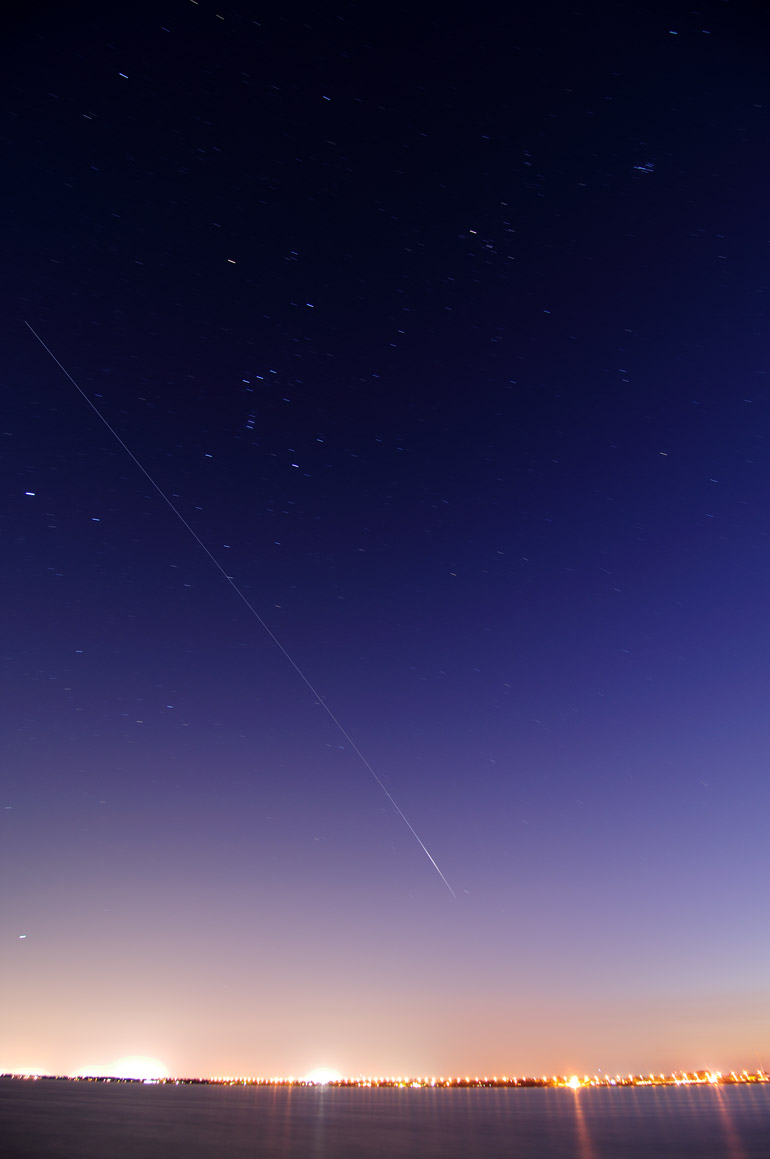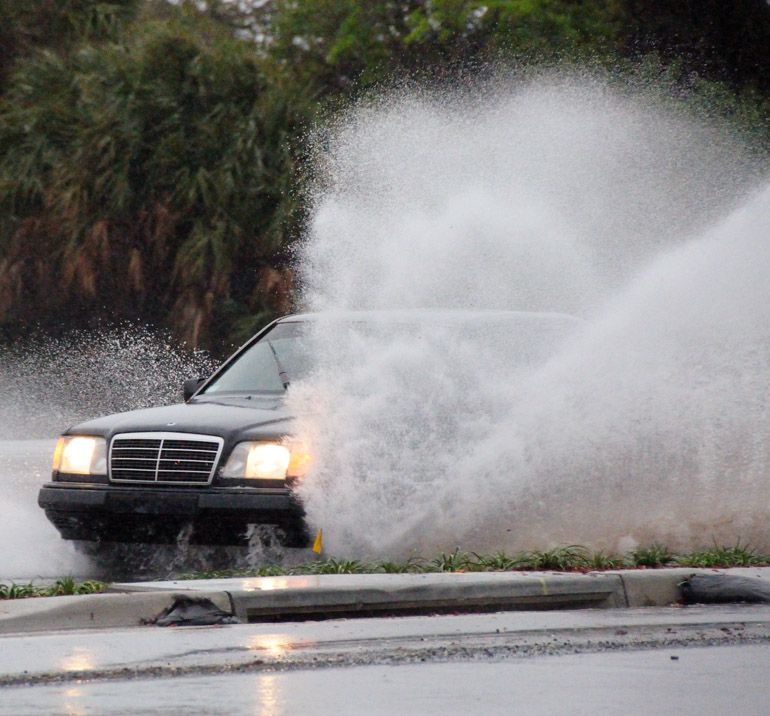
A black Mercedes-Benz splashes through a pool of rainwater that collected in the passing lane of southbound U.S. 1 across the street from Wuesthoff Medical Center-Rockledge. The heavy rain was the worst part of this storm. It's still, supposedly, the dry season here in Central Florida.
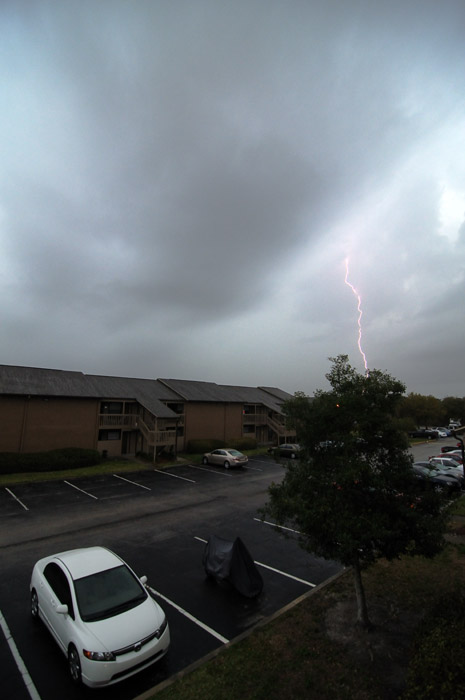
Before I left my apartment, the storm started with some lightning. This one wasn't close, but it was the only strike of the day that I caught. Oh, and that's my covered-up motorcycle in the foreground.
Along with warm weather, as referenced a couple of days ago, comes bad weather in Florida. And the people who like to shoot bad weather in Florida.
Today's atmospheric happenings were brought about courtesy of this wintertime's storm-generating machine: El Nino, Spanish for "the boy" (or to be more specific, the Christ child). A few times this season, energy and moisture have collected off the Gulf of Mexico and created large eastward-barreling squall lines over much of Central Florida.
That was the case Sunday. Only once this year has such a storm system spawned tornadoes in Brevard County, and that was when I was fast asleep one January morning as the twister damaged nearly 300 homes just to the north of my apartment. Two areas of today's event, though, carried the potential for tornadoes. Television meteorologists said the mesocyclones were rotating and picking up strength as they neared the Space Coast on their northeasterly course.
More interested in lightning, I set out to an area near where the strongest part of the storm was supposed to rip through. When I stopped at a small park by the Indian River in Palm Shores, though, lightning struck a utility pole about 15 feet away, making me rethink getting out of the car.
I then realized that I'm a wuss and that I'm only 5 feet, 10 inches tall - give or take ... OK, OK, I'm more like 5-9 - considerably shorter than the multistory light pole. Lightning likes tall things; therefore, lightning hates me. Or so goes my logic.
Through the downpour, I bolted to a covered picnic area at the end of a pier jutting into the river. A perfect spot to be hit by lightning or a tornado, I thought. I snapped pictures of the dark clouds. The lightning was gone, for some reason. But the wind was coming from the east and the west and the north and the south, indicating that there were extraordinary forces at work - none of which made love to my camera, though they did get it quite wet.
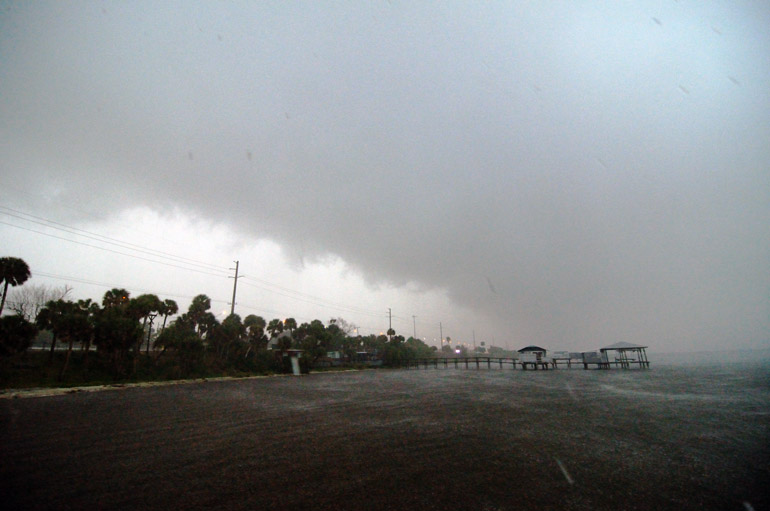
Rain comes down hard outside my covered spot on the Indian River.

All this happened around 5:30 p.m., but the clouds made it quite dark.
But alas, no tornado, no waterspout. The storm passed over the river without destruction. The pelicans nearby were the most disturbed by the event, as they flew from one spot of the river to another each time the wind picked up in the area they were occupying. A few ibis seemed inconvenienced, too, as they huddled under the boardwalk leading to the pier.
I drove farther north to Rockledge, where there was still hope for activity, according to the Emergency Alert System message on the radio informing motorists that, as a better alternative to weathering the tornado in a vehicle, they should "find the nearest ditch" and lie face down. I was having no part of a water-filled ditch in which I would surely drown if I were to plant my face into it.
Along northbound U.S. 1, I passed a small black coupe with a light on top that flashed yellow. A sign on the side said, "Florida extreme stormchasers." I'm not sure which was meant to be extreme: the storm or the chasers. Or both. But there was only one chaser in the car, so I briefly felt the urge to correct the errant plurality of the logo.
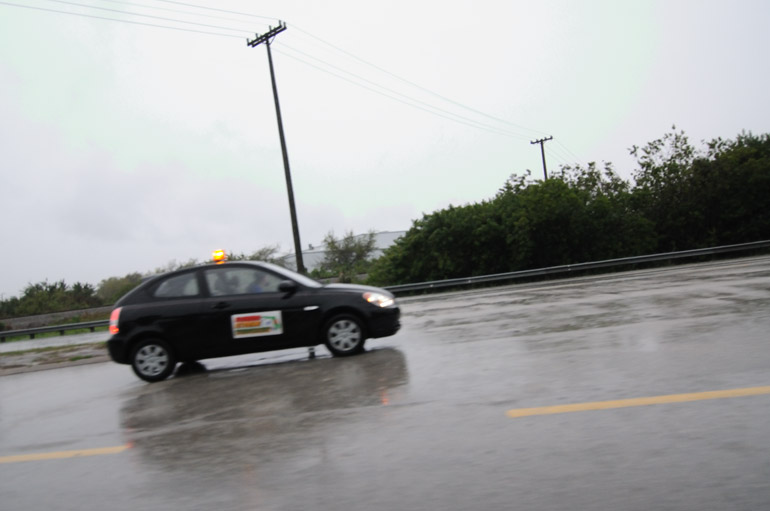
I snapped a blurry shot of the storm chaser's car as I passed. He was sizing up dark, low-hanging clouds in the distance. The clouds don't look dark in this shot, though, because it's overexposed.
On that topic, I don't consider myself a storm chaser. I'm a photographer with a propensity to shoot whatever naturally occurring event or rocket-propelled object is the most exciting thing happening at the time. My car requires neither a flashing light nor a flashy logo to warn motorists of my tendency to rubberneck and gawk at clouds while I travel at speeds often in excess of 70 mph.
In the end - instead of a magnificent daytime lightning photo, or a hit YouTube video of a tornado ripping up the platform I was standing on, or a shot of a waterspout forming a rope ladder to heaven - all I got was wet. Soaked, actually. I went home to cook myself a warm chicken dinner - in which, ironically enough, the object was to keep the meat sufficiently moist.

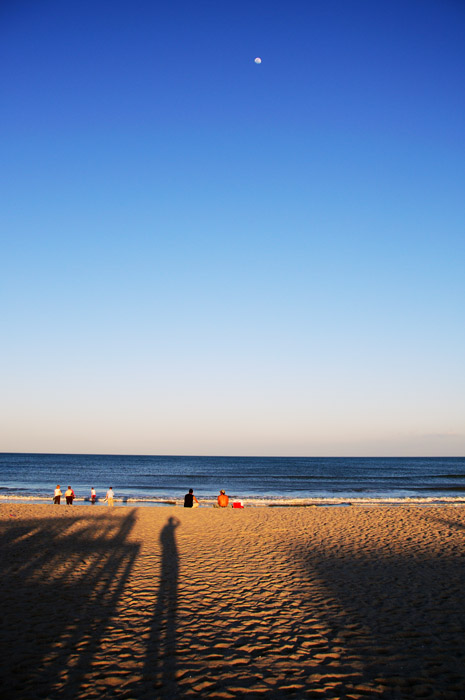

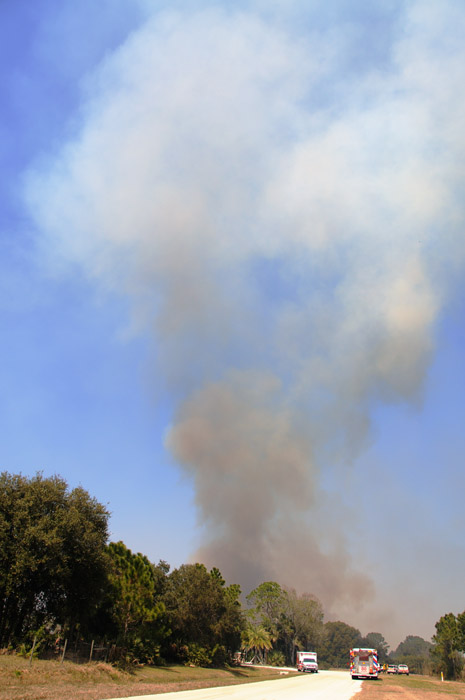
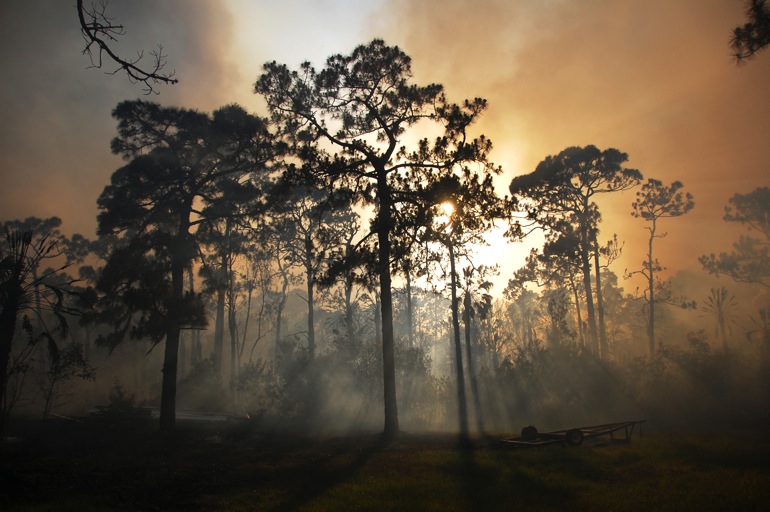
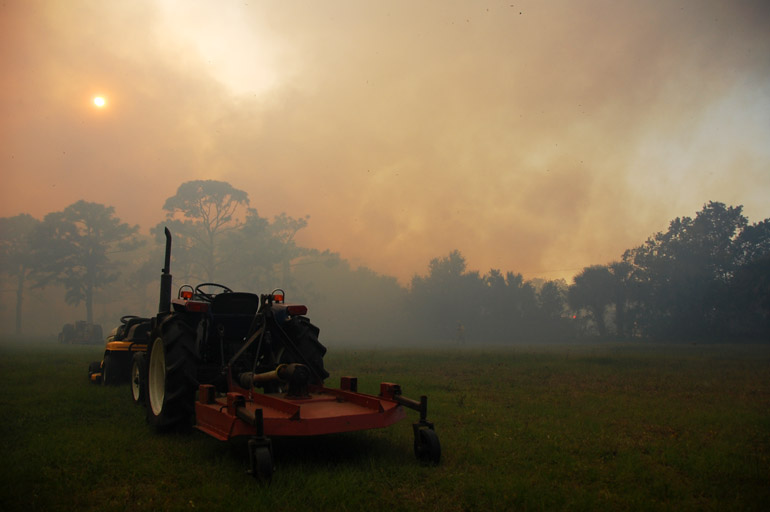

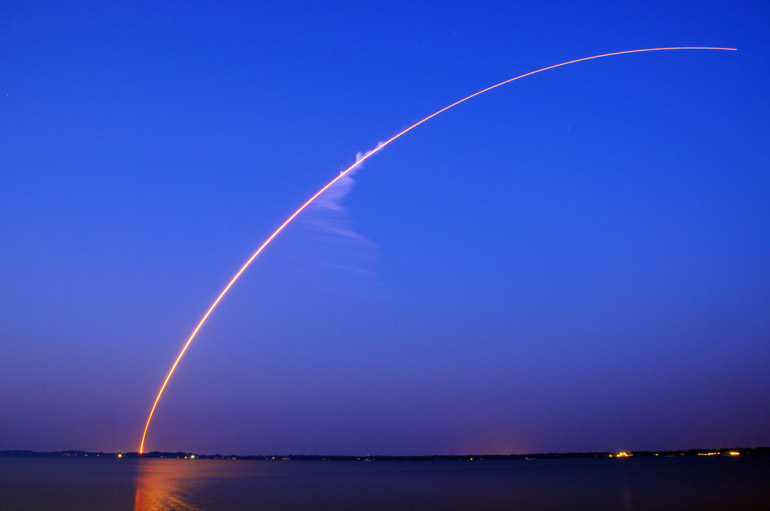
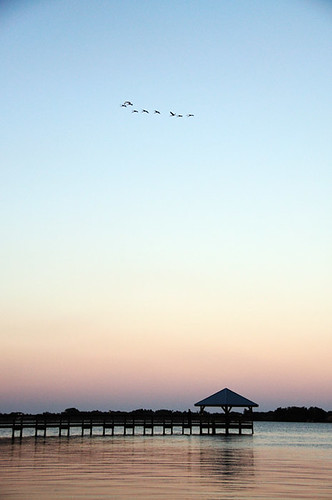 First, let's start with the last event of the week: the launch of a Delta IV rocket carrying a weather satellite to be used by the National Oceanic and Atmospheric Administration. TV news and National Weather Service meteorologists will employ images from this GOES-P (which has induced many urinary snickers in the newsroom over the past week) satellite in devising forecasts.
First, let's start with the last event of the week: the launch of a Delta IV rocket carrying a weather satellite to be used by the National Oceanic and Atmospheric Administration. TV news and National Weather Service meteorologists will employ images from this GOES-P (which has induced many urinary snickers in the newsroom over the past week) satellite in devising forecasts.